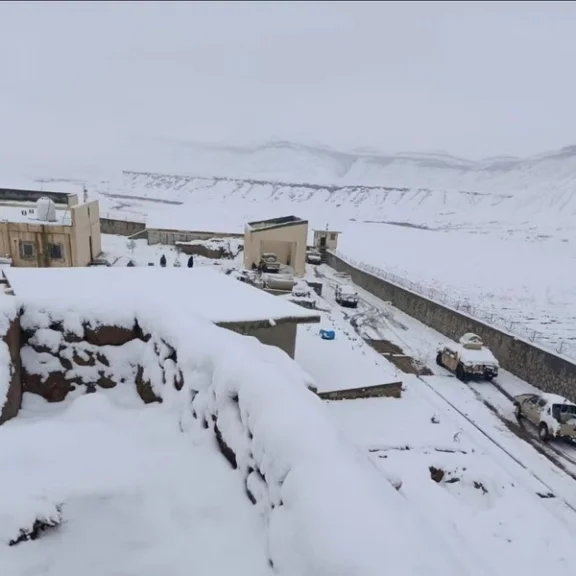The cost, complexity, and politics of replacing humans mean that AI will be a partner, not a conqueror.
Every few months, the headlines return: artificial intelligence is coming for your job. Politicians, tech executives, and even some economists warn of a near future in which machines will take over entire industries, leaving millions unemployed. It is a compelling image, straight out of science fiction. But reality is more ordinary, and far less apocalyptic.
Yes, AI will transform the workplace. Yes, certain roles will disappear. But mass unemployment on a global scale is highly unlikely. The economic, technical, political, and human realities of AI adoption make it far more probable that AI will work alongside us, rather than replace us entirely.
The High Cost of Replacement
Replacing human labor with AI is rarely cheap. In healthcare, installing electronic health records has cost large US hospitals between $15 million and $70 million, according to the Office of the National Coordinator for Health IT. Robotic surgical systems cost $2–3 million per unit, plus hundreds of thousands in annual upkeep.
In manufacturing, upgrading a mid-sized automotive parts factory to advanced automation can cost $50-100 million. Adding AI for computer vision, predictive maintenance, and autonomous quality control may raise the bill to $150 million or more. Even with those investments, McKinsey & Company estimates productivity gains of only 15–25 percent in the first three years. For many executives, this is not enough to justify replacing thousands of workers at once.
Slow Industrial Transformation
Even when companies have the money, transformation in large industries is slow. Nearly half of banks still run core systems on mainframes from the 1970s and 1980s and eplacing those systems is risky and expensive, so most banks take years or even decades to modernize. Aviation moves just as cautiously. Passenger planes have had autopilot for decades, yet every flight still requires two pilots. Safety regulations, public expectations, and certification processes, which can take up to a decade, keep humans firmly in control. In healthcare, the Food and Drug Administration takes an average of three to five years to review new AI medical devices, and doctors remain responsible for final decisions.
Political Realities
High unemployment is not just an economic problem; it is a political one. When US unemployment hit 10 percent during the 2008 financial crisis, the political fallout was swift. Any sudden AI-driven job losses would produce the same kind of pressure. History offers examples of intervention. In the 1980s, France responded to automation in the car industry with retraining programs and rules to limit layoffs. Germany still uses Kurzarbeit, a system that pays workers to work fewer hours instead of losing their jobs entirely.
Today, regulators have even more tools. The European Union’s proposed AI Act will slow deployment in high-risk areas like healthcare and transportation. In the United States, nearly 30 percent of jobs require occupational licenses, compared with just 5 percent in the 1950s. Licensing creates a built-in barrier to quick automation in many professions.
Human-AI Partnership Works Better
The most effective use of AI is not to replace people but to work with them. An MIT Sloan study found that human-AI teams outperformed either humans or AI alone in 71 percent of business tasks studied. Customer service is a prime example: AI chatbots handle simple inquiries well, but complex issues still require human understanding. Amazon employs more than 100,000 customer service staff worldwide despite using some of the most advanced AI systems available. In law, AI can search millions of documents in seconds, but lawyers still develop strategies and argue in court. AI makes them faster, not obsolete.
Technology Limitations in Practice
Some technologies that look ready for full automation have struggled in practice. Delivery drones have existed for over a decade, yet US regulators still limit most operations to visual line of sight. Bad weather can ground them for days. Drones also cannot handle tasks like delivering to locked apartment buildings or making judgment calls when deliveries go wrong.
Autonomous taxis face similar limits. Waymo now runs driverless services in parts of Phoenix, San Francisco, and Los Angeles but still employs hundreds of remote operators to help vehicles navigate unusual traffic conditions. Cruise, General Motors’ autonomous vehicle division, paused operations in 2023 after safety concerns. Even if the cars can drive themselves, people will still be needed for cleaning, repairs, software updates, and customer service.
Job Creation Alongside Elimination
History suggests that technological revolutions create jobs as well as eliminate them. The personal computer reduced demand for typists but created millions of IT, software, and digital marketing jobs. The internet reshaped the economy but did not leave fewer jobs overall.
AI is already creating new roles, from data annotators to machine learning engineers. In manufacturing, the International Federation of Robotics estimates that for every 10 to 15 industrial robots, at least one skilled human technician is required for programming and maintenance.
Global Employment Pressures
In developing countries, rapid automation is often politically impossible. India’s working-age population exceeds 900 million, and the nation must create 10 to 12 million jobs each year just to keep unemployment stable. China employs almost 290 million people in manufacturing. While it invests heavily in automation, the government aims to keep urban unemployment under 5.5 percent. In Bangladesh, 4.4 million people work in the textile industry, making up 40 percent of industrial jobs. The government there favors gradual upgrades over mass layoffs.
National Security and Human Oversight
National security is one reason humans will remain essential. The US Department of Defense employs 2.9 million people, from military personnel to civilian analysts. Sensitive tasks like intelligence gathering, mission planning, and cybersecurity require human oversight. Air traffic control employs over 14,000 people in the United States. Even with automation, final authority stays with humans. Power grids, telecommunications, and water systems all rely on people to respond to emergencies and cyberattacks.
The Irreplaceable Human Element
Beyond these fields, human qualities like empathy, creativity, and moral judgment are not easily replicated. Teachers inspire students, healthcare workers comfort patients, and managers handle complex human relationships. Even when machines can technically do the work, many people still prefer dealing with another person.
The future of work will not be a fight between humans and machines where one side wins and the other disappears. AI will replace some roles, but it will also create new ones and reshape how many jobs are done. Costs, regulations, politics, and human preferences mean that change will come more slowly and unevenly than the headlines suggest.
Like every major technological shift, AI will force us to adapt. But it will not erase human work. The real challenge and the real opportunity, is to manage the transition so it benefits as many people as possible.
The views expressed in this article are the author’s own. They do not necessarily reflect the editorial policy of the South Asia Times.







